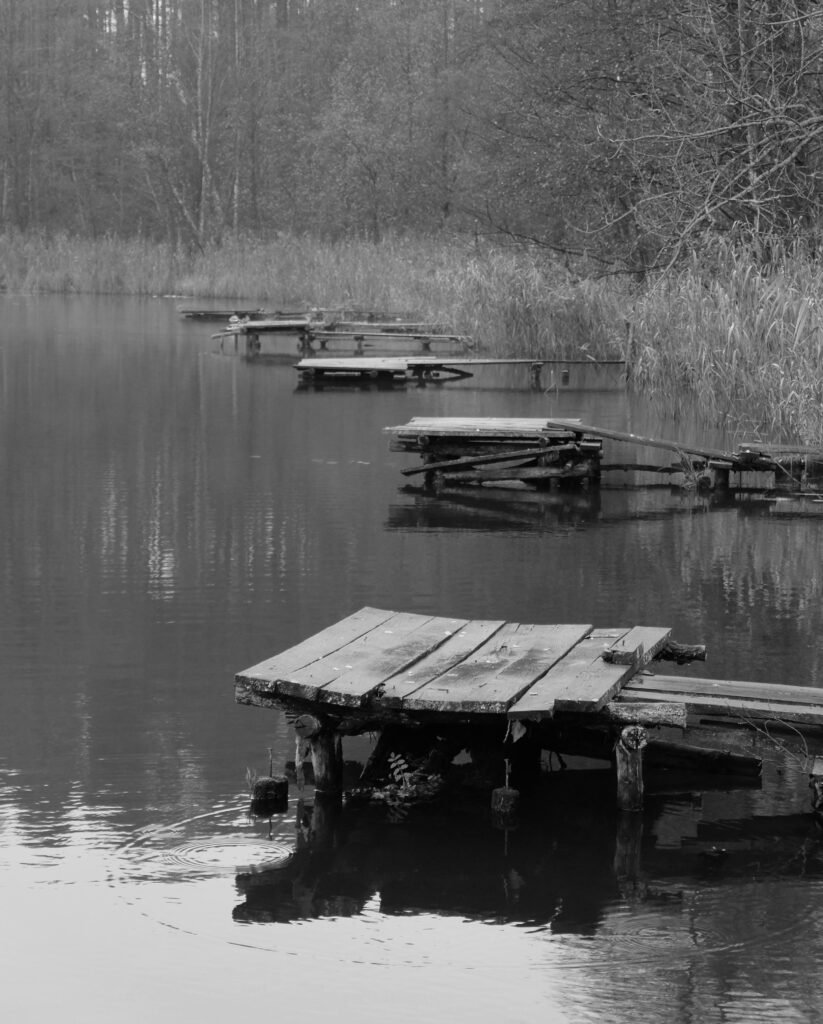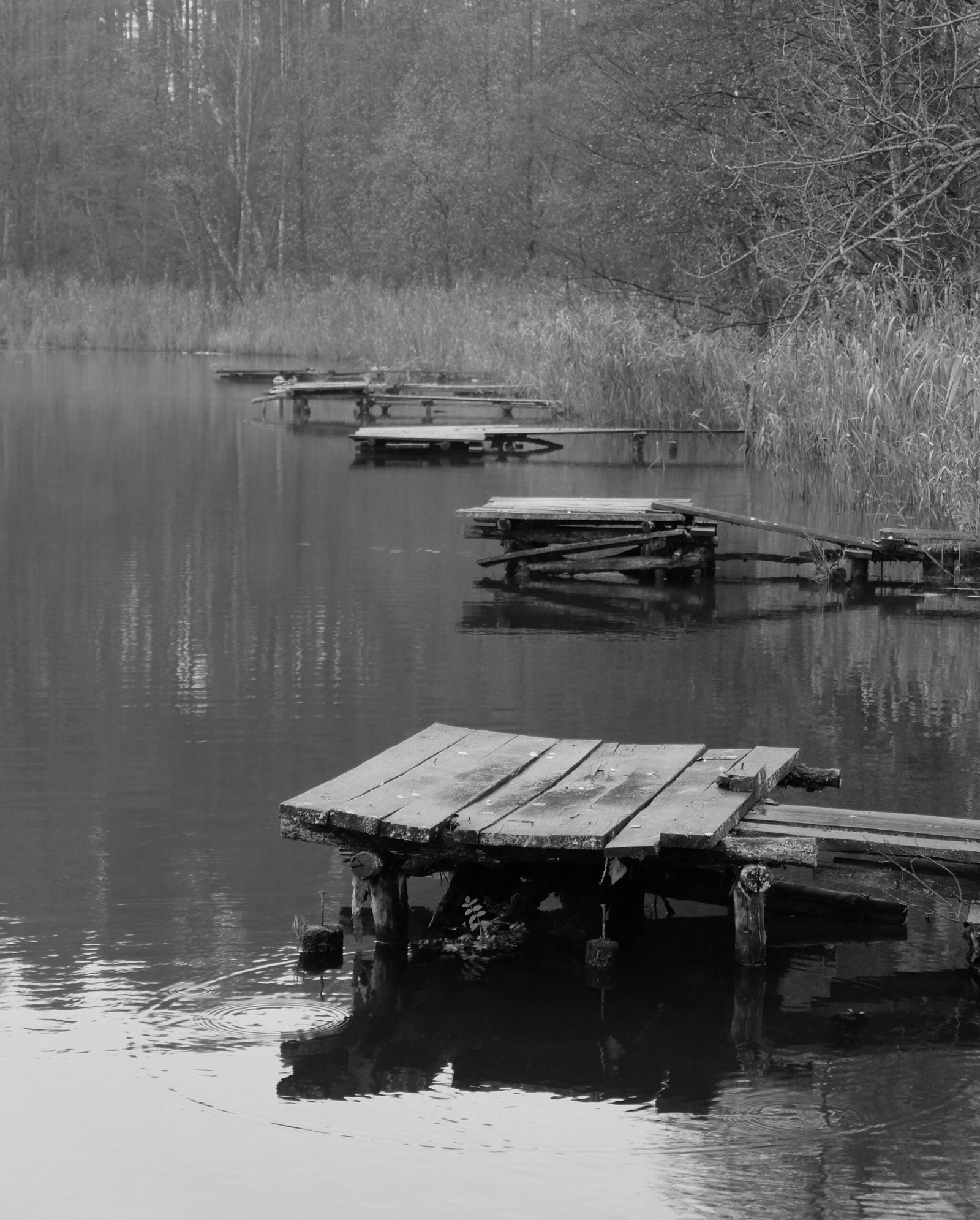Ready to build some crates? Before you get started, it’s important to choose the right wood for the job. With so many options out there, it can be overwhelming to know which wood will give you the sturdiest, most reliable crate. In this article, we’ll compare the diverse range of wood choices available for building crates, ensuring you make an informed decision that suits your needs. Let’s explore the different types of wood used in crate making and find the perfect match for your next project.

This image is property of images.pexels.com.
Types of Wood
When it comes to working with wood, there are different types to consider, each with its own unique characteristics and properties. Understanding the different types of wood available can help you make informed decisions when it comes to your next woodworking project. In this article, we will explore the various types of wood, including hardwoods, softwoods, plywood, and particleboard. We will also discuss the advantages of each and provide some considerations to keep in mind when choosing the right wood for your project.
Hardwoods
Hardwoods are known for their dense and durable nature, making them an excellent choice for a wide range of woodworking applications. They are often preferred for furniture making, cabinetry, and flooring due to their strength and longevity. Here are three popular hardwood options:
Oak
Oak is one of the most versatile and widely used hardwoods. It has a beautiful grain pattern that can vary, adding natural beauty to any woodworking project. Oak is highly durable and resistant to wear and tear, making it ideal for high-traffic areas. It can be stained to enhance its natural colors or left untreated for a more rustic look.
Maple
Maple is a popular choice for furniture making and cabinetry due to its light and creamy color. It has a smooth and even texture, making it easy to work with. Maple wood is also known for its excellent strength and durability, ensuring that your projects will stand the test of time. It can be finished with a clear coat to showcase its natural beauty or stained to match other wood tones.
Mahogany
Mahogany is a rich, dark hardwood known for its luxurious appearance. It has a straight grain pattern with occasional interlocking, giving it a unique and elegant look. Mahogany is highly resistant to decay and rot, making it suitable for outdoor furniture as well. It is often used in high-end woodworking projects due to its beauty and durability.
Softwoods
While softwoods may not be as dense or durable as hardwoods, they still have their own unique advantages when it comes to woodworking. Softwoods are often more affordable and easier to work with, making them a popular choice for beginners or those with budget constraints. Here are three common softwood options:
Pine
Pine is a versatile softwood that is widely used in woodworking projects. It has a light color with distinct knots and grains, which can add character to your finished piece. Pine is relatively easy to work with and offers good strength and stability. It can be stained, painted, or left untreated to showcase its natural color.
Cedar
Cedar is a softwood known for its natural resistance to decay and insects. It has a distinct aroma and a beautiful, reddish-brown color. Cedar is often used for outdoor projects, such as decking, fencing, and siding, due to its durability and weather-resistant properties. It is also a popular choice for indoor woodworking projects, including furniture and closets.
Spruce
Spruce is a lightweight softwood commonly used in construction and woodworking applications. It has a light color with minimal grain, allowing for easy staining or painting. Spruce is known for its strength and versatility, making it suitable for a variety of projects. It is often used in framing, paneling, and interior trim work.
Plywood
Plywood is an engineered wood product made by bonding layers of thin wood veneers together to create a strong and stable sheet. It offers a cost-effective alternative to solid wood and is often used in construction, furniture making, and cabinetry. Plywood comes in various grades and thicknesses, allowing for flexibility in different applications. It is known for its high strength-to-weight ratio and resistance to splitting and warping.

This image is property of images.pexels.com.
Particleboard
Particleboard, also known as chipboard, is another engineered wood product made by compressing wood chips, sawdust, and resin together. It is an affordable option for woodworking projects and is often used for shelves, countertops, and cabinets. Particleboard comes in different densities, and its smooth surface makes it easy to paint or laminate. While it may not be as strong as plywood or solid wood, it can still serve its purpose in certain applications.
Advantages of Hardwoods
Hardwoods offer several advantages that make them a preferred choice for many woodworking projects. Firstly, they are generally more durable and long-lasting compared to softwoods, making them suitable for furniture that needs to withstand heavy use. Hardwoods also have a beautiful natural grain pattern, allowing for stunning finishes and enhancing the overall aesthetics of the project. Additionally, hardwoods offer excellent stability and resistance to warping, making them ideal for applications where dimensional stability is important.

This image is property of images.pexels.com.
Advantages of Softwoods
While not as dense as hardwoods, softwoods have their own set of advantages that make them a popular choice for many woodworkers. Softwoods are generally more readily available and cost-effective compared to hardwoods, making them a budget-friendly option. They are also often easier to work with due to their softer nature, allowing for quicker and more efficient machining and shaping. Softwoods such as cedar also offer natural resistance to decay and insects, making them suitable for outdoor projects.
Advantages of Plywood
Plywood offers several advantages that make it a versatile and practical choice for a wide range of woodworking projects. Firstly, plywood is strong, stable, and structurally sound due to its layered construction. This makes it suitable for applications where strength and stability are paramount, such as construction projects or furniture making. Plywood also comes in various grades and thicknesses, allowing for flexibility in different applications. It is also cost-effective compared to solid wood, offering good value for money.
Advantages of Particleboard
Particleboard offers its own unique set of advantages, making it a practical choice for certain woodworking projects. Firstly, it is an affordable option, making it accessible for those with budget constraints. Particleboard also has a consistent composition and is free from knots or other imperfections often found in solid wood, making it easier to work with and providing a smooth surface for painting or laminating. Additionally, particleboard is lightweight, making it easy to handle and transport.
Considerations for Wood Choice
When choosing the right type of wood for your project, several factors should be considered. Firstly, you need to consider the intended use of the item you are constructing. If durability is a priority, hardwoods such as oak or mahogany may be the best choice. However, if budget or ease of working is more important, softwoods like pine or spruce may be a better fit. You should also consider the overall aesthetics of the wood, as different types offer various grain patterns and colors. Finally, it’s essential to consider the environmental impact and sustainability of the wood you choose. Opting for responsibly sourced or certified wood can help ensure that your project is both environmentally friendly and meets ethical standards.
In conclusion, understanding the different types of wood available and their respective advantages is crucial when embarking on a woodworking project. Hardwoods provide durability, beauty, and stability, making them ideal for a wide range of applications. Softwoods offer affordability and ease of use, making them suitable for beginners or those working on a budget. Plywood and particleboard offer their unique advantages, combining strength, versatility, and cost-effectiveness. By considering the specific requirements of your project and the characteristics of each wood type, you can make an informed decision and create stunning woodworking projects that will stand the test of time.
